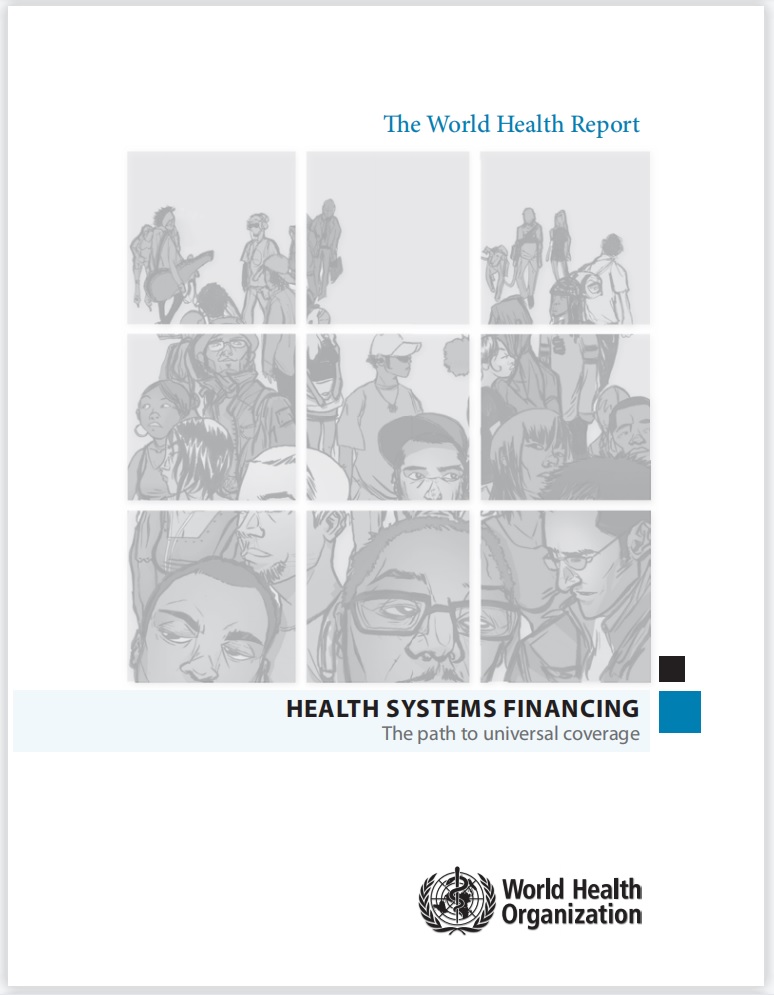Promoting and protecting health is essential to human welfare and sustained economic and social development. This was recognized more than 30 years ago by the Alma-Ata Declaration signatories, who noted that Health for All would contribute both to a better quality of life and also to global peace and security.
Not surprisingly, people also rate health one of their highest priorities, in most countries behind only economic concerns, such as unemployment, low wages and a high cost of living. As a result, health frequently becomes a political issue as governments try to meet peoples’ expectations.
There are many ways to promote and sustain health. Some lie outside the confines of the health sector. The “circumstances in which people grow, live, work, and age” strongly influence how people live and die. Education, housing, food and employment all impact on health. Redressing inequalities in these will reduce inequalities in health.
But timely access to health services – a mix of promotion, prevention, treatment and rehabilitation – is also critical. This cannot be achieved, except for a small minority of the population, without a well-functioning health financing system. It determines whether people can afford to use health services when they need them. It determines if the services exist.
Recognizing this, Member States of the World Health Organization (WHO) committed in 2005 to develop their health financing systems so that all people have access to services and do not suffer financial hardship paying for them. This goal was defined as universal coverage, sometimes called universal health coverage.
In striving for this goal, governments face three fundamental questions:
1.How is such a health system to be financed?
2.How can they protect people from the financial consequences of ill-health and paying for health services?
3.How can they encourage the optimum use of available resources?
They must also ensure coverage is equitable and establish reliable means to monitor and evaluate progress.
In this report, WHO outlines how countries can modify their financing systems to move more quickly towards universal coverage and to sustain those achievements. The report synthesizes new research and lessons learnt from experience into a set of possible actions that countries at all stages of development can consider and adapt to their own needs. It suggests ways the international community can support efforts in low-income countries to achieve universal coverage.
